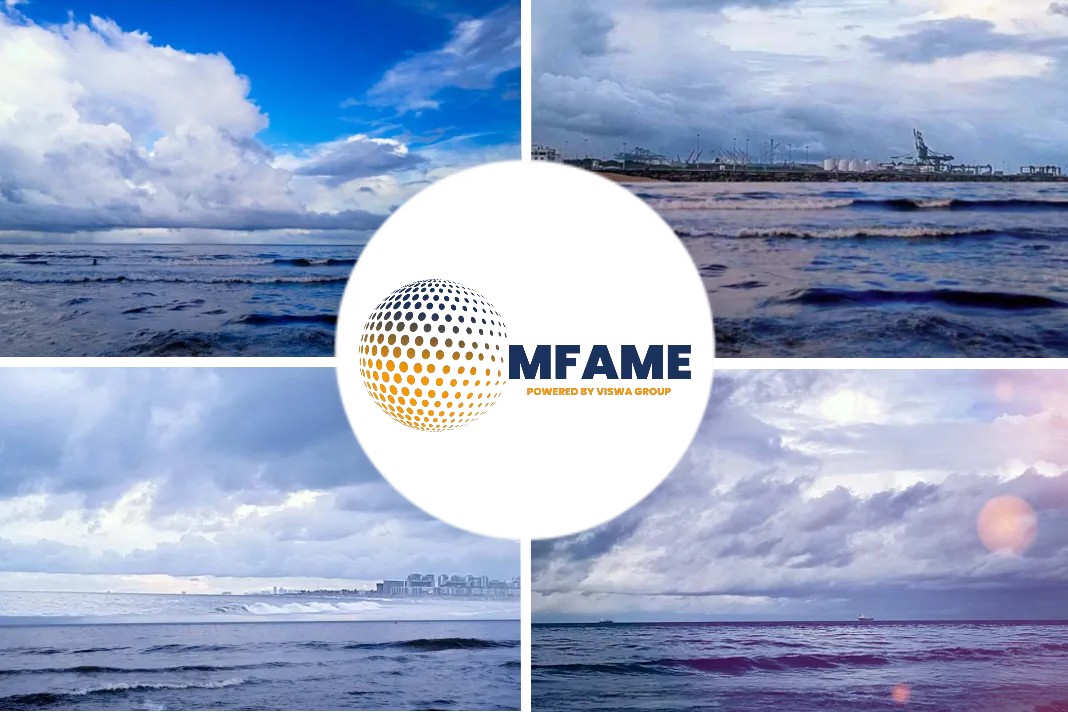Shipping accounts for 3 percent of global emissions. Solutions to cut those emissions include biofuels, renewable energy and hybrid systems. As shipping as a whole attempts to decarbonize, could this be an indicator of the industry’s future? An article in GreenBiz discusses about this
Fastest electric ship
In 2023, a new electric ferry called the Candela P-12 will begin a trial service from the Swedish capital Stockholm to the island’s suburbs.
Swedish electric boat maker Candela, which built the ferry, says it uses 80 percent less energy than conventional vessels and removes 100 percent of local emissions.
With an average speed of 20-30 knots, the P-12 is “the fastest electric ship ever,” Candela said, and it’s apparently faster for commuters than subway trains, buses and cars during rush hours.
Ferry flies over water, reports EuronewsUses three carbon fiber wings that extend beyond the hull.
It has a capacity of 30 passengers and runs on a battery that can be charged from empty in an hour, Bloomberg reported.
If the nine-month trial is successful, Candela hopes its electric ferries could replace Stockholm’s current fleet of 70 diesel vessels.
Are there facilities for expanded shipping?
Battery-powered electric boats are an option for short sea trips on smaller vessels such as passenger ferries. But long routes with large boats — such as those typically required for cargo shipping — are different.
“Electrification is not really an option for deep-sea vessels because of the size of the batteries,” said Johanna Christensen of the Global Maritime Forum in an interview with the World Economic Forum.
In fact, international shipping is one of the hardest – and largest – sectors to decarbonize. About 11 billion tons of goods are transported by ship between at least 150 countries annually. Shipping transports about 80 percent of world trade.
Why do we need to cut shipping emissions?
Shipping accounts for about 3 percent of global emissions. The world cannot become carbon-neutral without removing these emissions, experts say.
Ships typically run on heavy fuel oil – a waste product from crude oil refining that is low-quality and high-carbon.
Air pollution from shipping is thought to cause about 60,000 premature deaths a year, particularly in coastal and port areas.
How is shipping decarbonization progressing?
The International Maritime Organization (IMO) – the UN body that regulates shipping – pledged in 2018 to halve the shipping sector’s emissions by 2050. This target will be reviewed in 2023
More than 200 maritime industry leaders are now calling for shipping to be decarbonised by 2050 through the Call to Action for Shipping Decarbonisation. It is a partnership between the Global Maritime Forum – an international organization focused on the future sustainability of marine trade – the World Economic Forum and Friends of Ocean Action – an informal group of ocean leaders co-hosted by the Forum and environmental research organizations World Resources Institute.
The Forum is also a partner in the First Movers Coalition – an initiative to help decarbonise “hard to achieve” industry sectors including shipping, aviation and trucking. The alliance was founded in partnership with John Kerry, the US President’s Special Envoy on Climate Change, and has expanded its membership to more than 50 companies and nine countries representing more than 40 percent of global production.
Are there decarbonization solutions for shipping?
The Call to Action for Shipping Decarbonization says its signatories have committed to more than 400 climate actions and commitments related to shipping decarbonization.
The shipping industry is testing alternative fuels such as biogas – a renewable fuel typically derived from organic waste. Other fuels produced without low carbon emissions, such as ammonia and methanol, are also being tested.
For example, Danish ship owner and operator Maersk is building eight large ocean-going container ships that can run on carbon-neutral methanol.
Wind, sun and other forms of renewable energy can be used in ships to help propel them. Swedish shipbuilder Wallenius Marine and its partners are developing the “Oceanbird”, a wind-powered cargo ship that can carry 7,000 vehicles.
Hybrid systems that combine batteries and other fuels are also being developed. Precious Shipping, a ship owner and operator in Thailand, is working to develop a hybrid battery system that also uses wind and solar energy.
In France, Brittany Ferries is launching a new ferry that it says will be the world’s largest hybrid vessel.
Called Saint-Malo, it has a 1,400-passenger capacity and is the first of two new hybrid ferries that will run between England and France from 2025.
Ferries can run on liquefied natural gas (LNG), battery power or a combination of the two. LNG is a fossil fuel, but is considered cleaner and safer than oil-based fuels.
Stena Roro, the Swedish company that builds the ferry, said the hybrid ships are a step towards future technology developments, including “green fuels, fuel cells, large batteries and solar or wind-supported propulsion.”
Did you subscribe to our daily Newsletter?
It’s Free! Click here to Subscribe
Source: GreenBiz

























